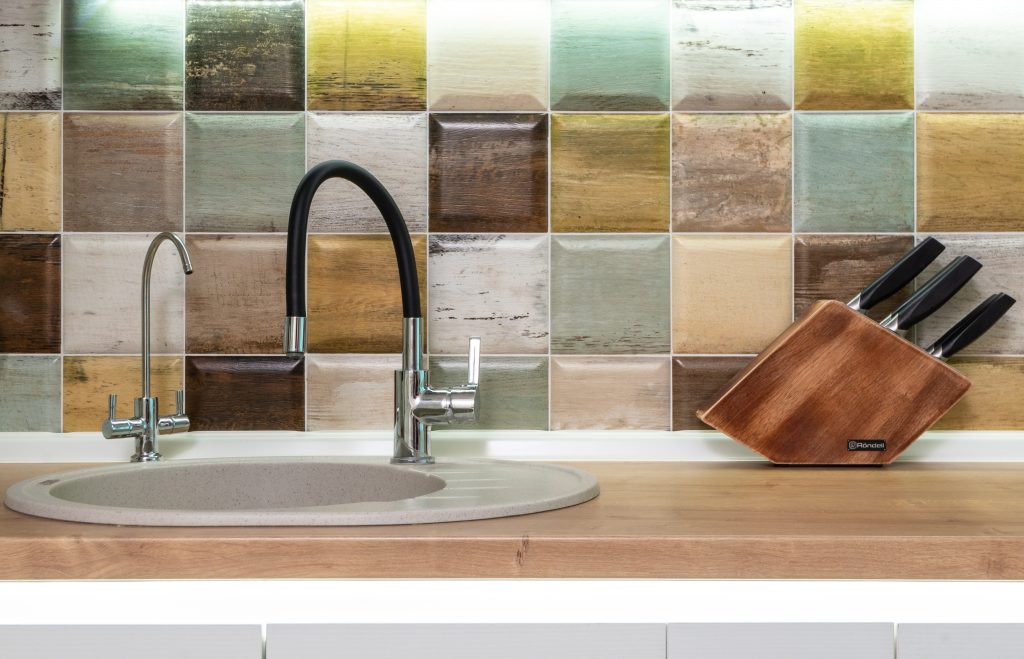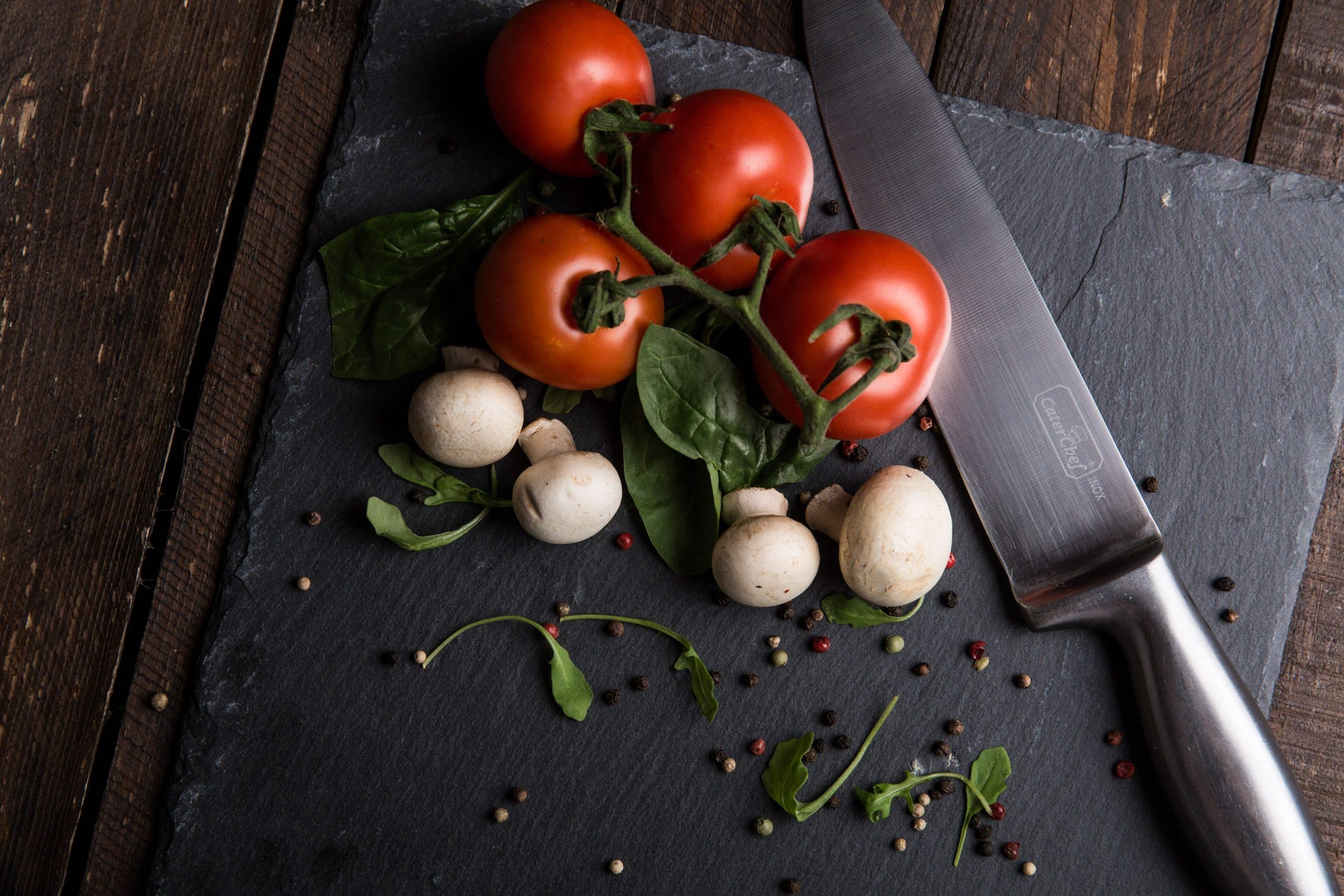A kitchen knife is perhaps the most versatile tool at most chefs’ disposal. Once damage like rust has started to take hold, its performance and appearance can swiftly take a turn for the worst. What’s to be done with a rust chef’s knife? On this page, we’ll find out.
The tips below outline how to remove rust from a knife blade. We’ll cover the items you’ll need, how to use them, and what to keep in mind when cleaning your knives.
What Causes Rust on a Knife Blade?
So, what causes rust to appear on a knife in the first place? The following are likely the cause:
- Moisture
- Poor storage techniques
- Using the dishwasher
- Poor cleaning techniques
- Not drying the knives after use
As with most issues in life, prevention is often much better than the cure. You should try your best to avoid the conditions that cause rust to form.
Click here to learn more about preventing rust in the first place.
Remove Rust From Knife Blade – What You’ll Need
We list several rust removal options below. For the techniques listed on this page, you might need the following:
- Rust removal products (linked below)
- Baking soda
- Vinegar
- Citric acid
- Lemon
- Salt
- Detergent and a potato
- A lint-free cloth
- A soft wire brush or steel wool (fine grade)
Use a Purpose-Made Product
There are a plethora of rust removal products out there that are designed to remove rust from kitchen knives. Their efficacy and value may vary so it’s worth double-checking reviews and testimonials online before pulling the trigger.
If you’re looking for the most economical and environmentally friendly approach, a purpose-made product might not be the best way to go. That said, it can be pretty effective.
The two products below are well-reviewed online and should do a great job of fixing your rusty knife blade:
Follow the manufacturer’s guidance and your knives will be back to their former glory in no time!
The Baking Soda Technique
If your knife is completely covered in rust, this might not be the best option for you. For light rust spots, however, a baking soda paste can be surprisingly effective. Follow these basic steps:
- Combine baking soda and a small amount of water to form a paste
- Rub the paste gently onto your rust spots and let sit for 1-2 hours
- Rub the rust spots with some fine grade steel wool or a soft metal brush
- Start gently and only increase pressure as and when it’s necessary
- Rinse your knife clean and dry completely
If this technique fails, try it one more time and then move on to more intensive options if it doesn’t work the second time.

Use Citric Acid Concentrate
Citric acid can be a powerful cleaning aid, but it’s important to remember the following when using it:
- It can bleach and damage paints
- It may alter the surface of some woods and plastics
Only let your citric acid solution touch the metal part of your knife blade. Follow these steps to remove knife rust using citric acid:
- Combine 2-4 tablespoons of citric acid with hot water
- Soak your knife’s blade overnight
- Gently rub away the rust using a soft wire brush or steel wool in the morning
This technique may not be appropriate for knives with intricate detailing.
Just Lemon and Salt
In this rust-busting technique, lemon helps to dissolve and break down the rust while salt works as an abrasive aid. Sprinkle a generous amount of salt onto the affected areas of your knife blade. Next, apply lemon juice liberally and scrub with a soft wire brush or fine-grade steel wool.
This should eliminate the rust from your chef’s knife. Be sure to thoroughly rinse your knives after cleaning them and make sure they’re completely dry before storing them away.
Soap and a Potato (No, Really!)
We know how it sounds, but this one really works thanks to a clever bit of science. Oxalic acid is found in a huge variety of commercial cleaning products. It’s also found in potatoes. This is what makes these hearty spuds so effective at removing things like rust from chef’s knives.
Follow these steps to get rid of rust on your knife’s blade:
- Slice a potato in half
- Apply a bit of washing up liquid and some salt to its inside surface
- Scrub the affected areas of your knife until the rust comes off
Rinse your knife clean and then dry completely before putting it away.
This technique may not be appropriate for knives with intricate detailing.
How to Remove Rust From a Blade Final Thoughts
We hope you’ve found the tips above helpful. Remember to proceed with caution when cleaning your more delicate or detailed knives. Decorative elements on your blade may be damaged by more acidic or abrasive methods.
If in doubt, buy a purpose-made product that promises a gentler approach. Also, remember that prevention is better than cure. Keep your knives dry and avoid cleaning them in the dishwasher if possible!




Post Your Thoughts